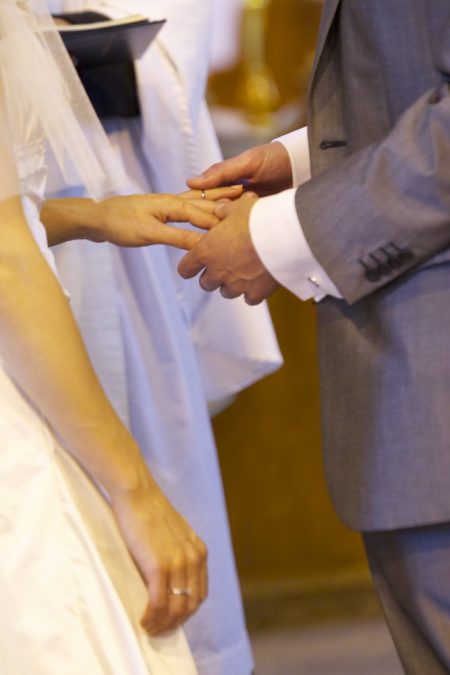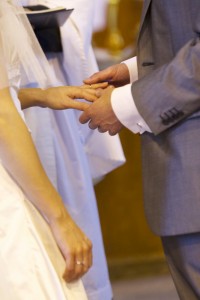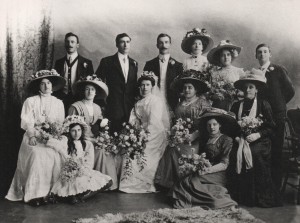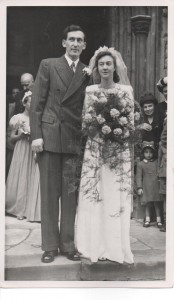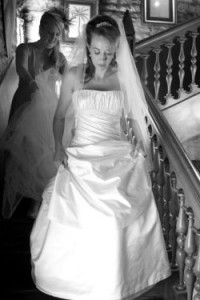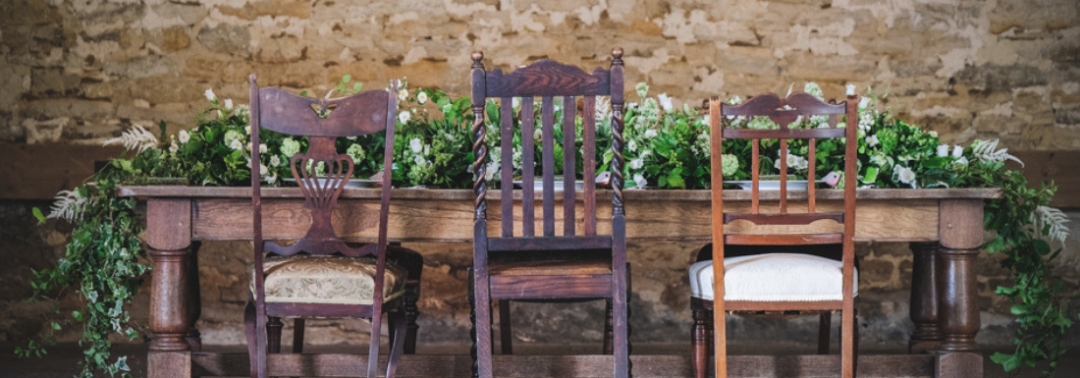
New rules for weddings during a pandemic
Fourth of July
We’ve now been in lockdown for over 100 days, due to the Corona virus (COVID-19), and things are beginning to slowly ease to allow the economy to kick start again (for now at least).
The fourth of July will be a monumental date for most of England as more things open up. But rather than a focus on independence, the day also marks the time that couples can start to tie the knot again.
Since 23rd March, weddings and civil partnerships have been banned in England due to lockdown. But from 4th July they can now take place again. However there will be a number of restrictions in order for these to be able to go ahead, providing they are safe and follow guidelines.
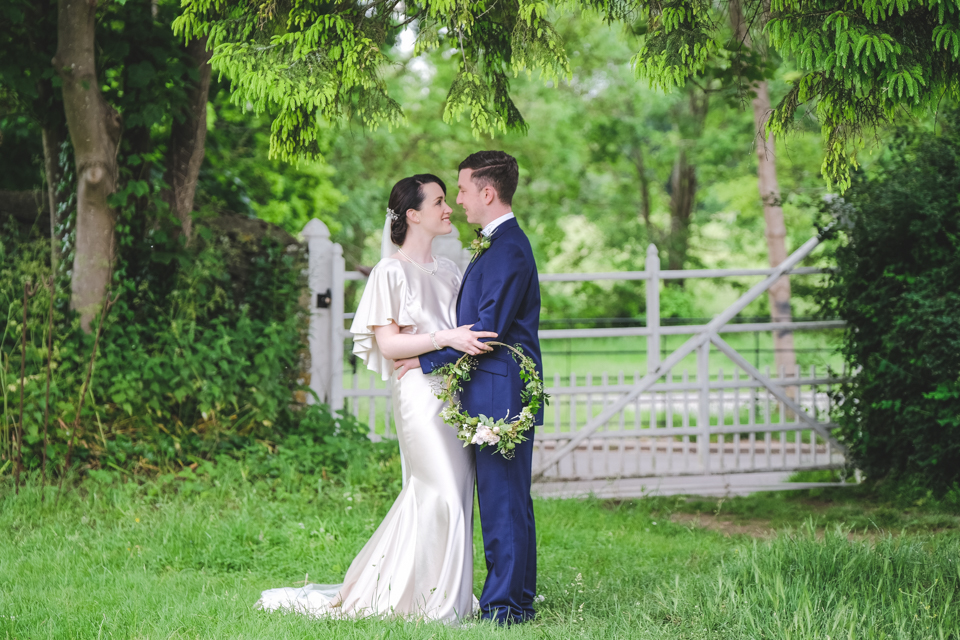
The new guidance from the government on weddings and civil partnerships in England includes:
No more than 30 people in total at ceremony
This not only includes the couple, family and friends but also any suppliers, officiants and witnesses (but not including staff at the venue). Venues will keep a register of every visitor for at least 21 days for track and trace purposes. Some venues will be also be able to help with remote participation at home for those guests that can’t be there in person.
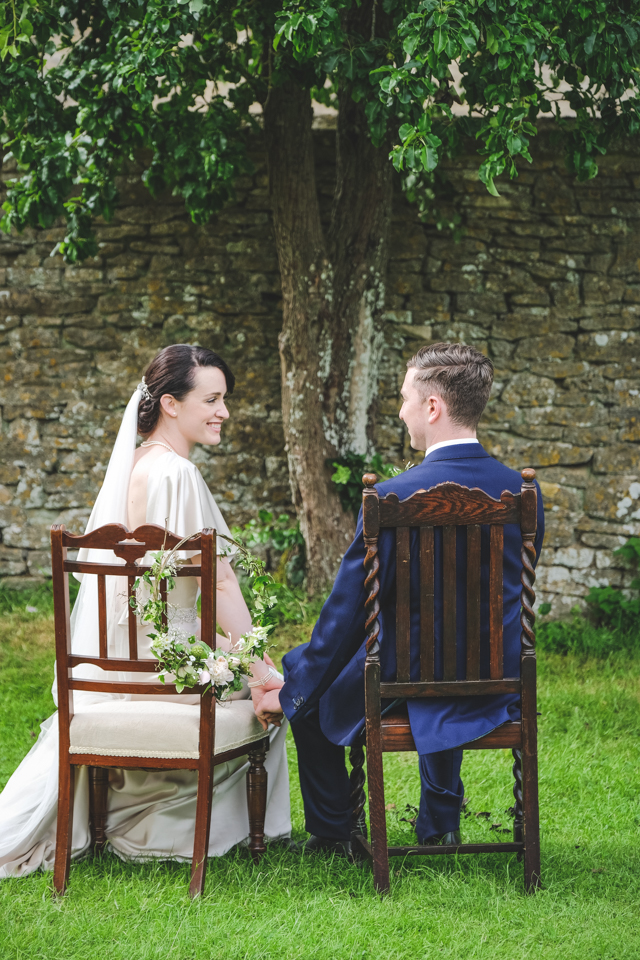
No wedding receptions
At most, couples can hold a very small reception after the ceremony. Although this can be with only two households indoors, or up to 6 people from different households outdoors. Face to face seating is being discouraged. On the adverse, this could be a real money saving aspect as the reception is often the most expensive part of a wedding.
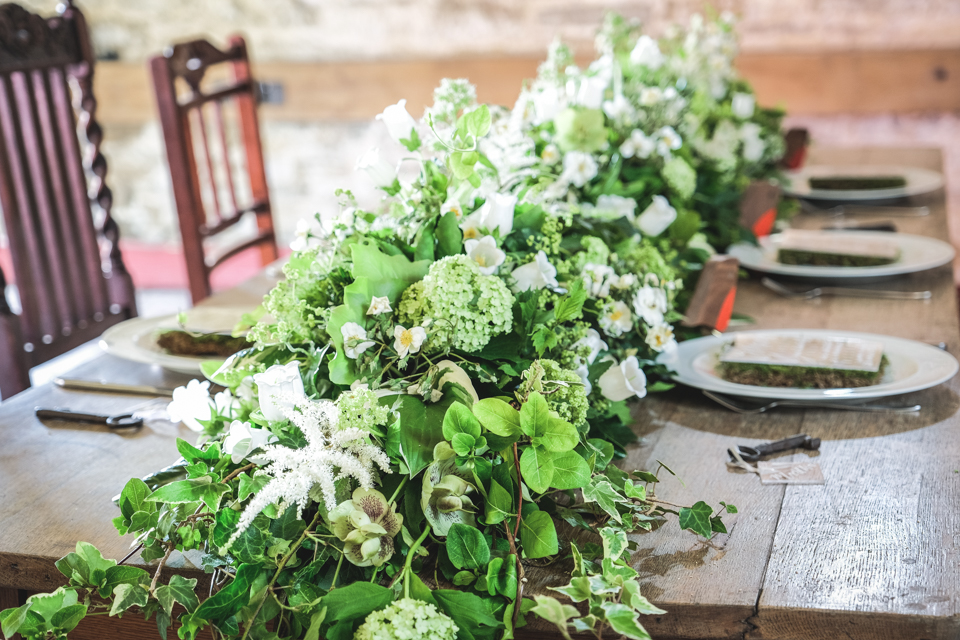
No food and drink
Nothing is supposed to be consumed as part of the event. Meanwhile, there is some discussion at the moment about reducing vat on the hospitality industry sector (to only 5%) to encourage spending. All this will help the wedding budget and will help couples save up to possibly have a sequel wedding or separate reception next year or at another time.
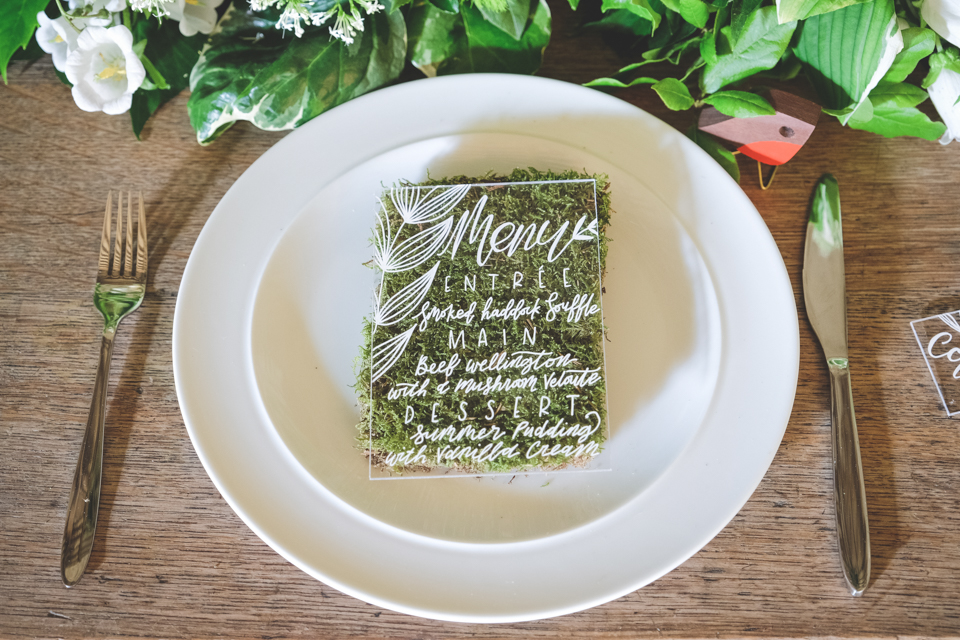
Not too long
The advice is to keep things to a minimum and mainly keep to the legal bits. The official bit is actually only about 10 minutes long. Any order of service should be one use and guests will be encouraged to take their sheets away with them.
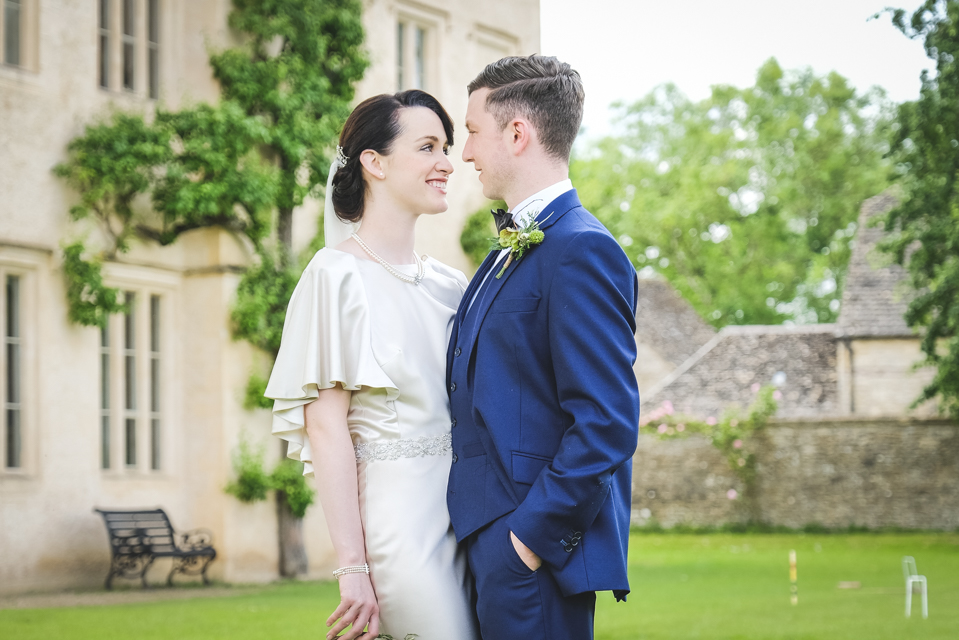
No walking down the aisle
Unless you live in the same household as your father, you may need to omit the tradition of walking down the aisle arm in arm. However, lockdown has certainly got people thinking more creatively, so I’m sure there will be some novel ways to be given away within social distancing rules. Look out for my alternative suggestions for this part of the ceremony coming soon.
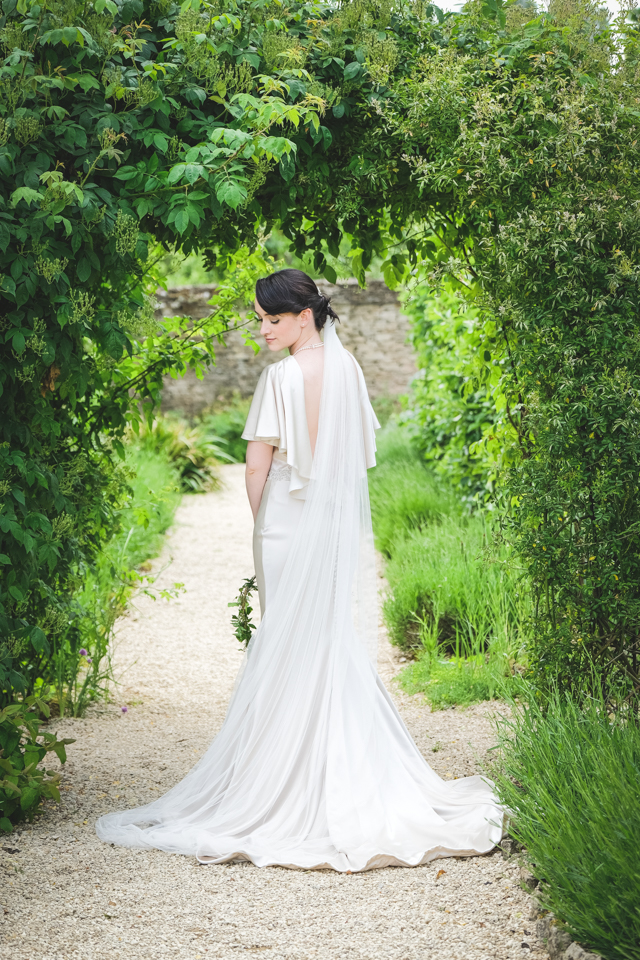
No singing
To avoid the spread of the virus via droplets, you can’t raise your voices to say your vows and one person is to speak at a time (or you may need Perpspex clear screens). Singing will not be allowed and instruments that are blown into aren’t permitted either. You are able to have organ music or you can use recordings instead. But you can not play loud music, as this would mean that people may need to shout to be heard or lean in to hear.
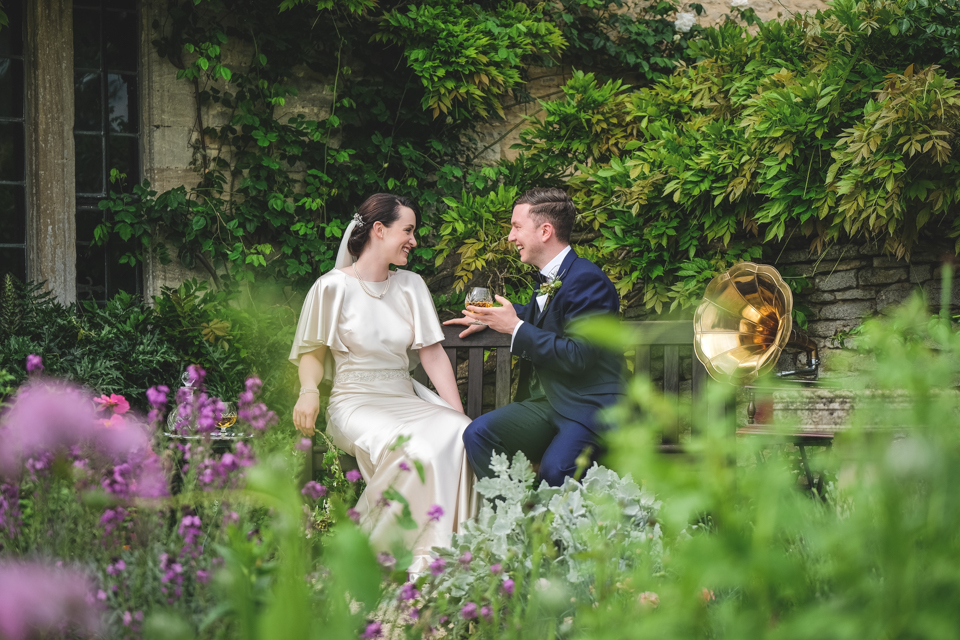
Hand washing
On top of the usual advice, handwashing will be especially important before and after exchanging rings. And rings shouldn’t be handled by too many people either.
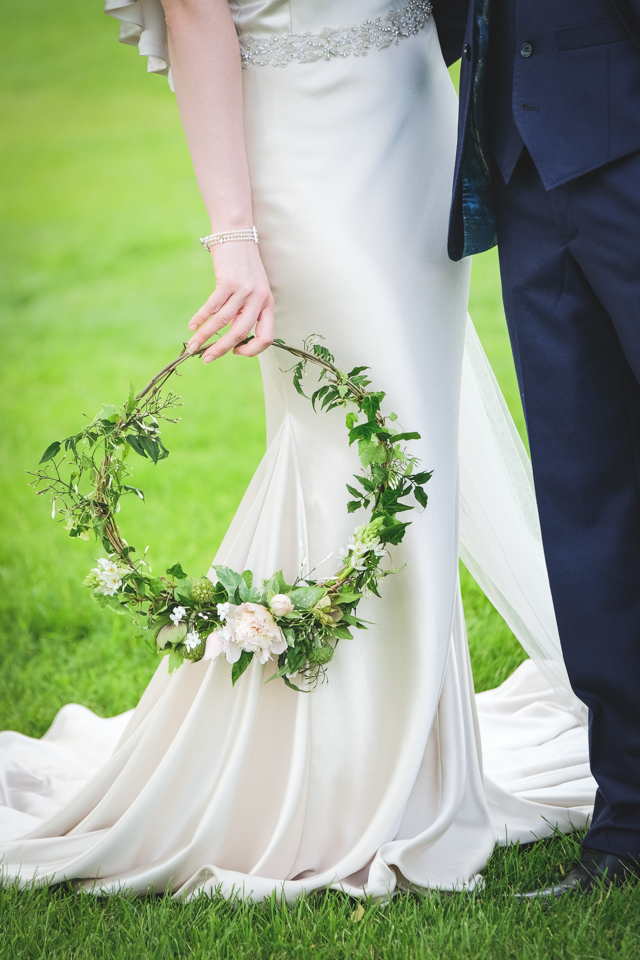
Social distancing
Staying apart from people is still the key message and guests are advised to keep to the 2 metre rule (or 1 metre plus extra safety measures such as face masks or screens). Venues are being encouraged to improve their ventilation and to tape floors to help people keep their distance. Whilst you won’t have the stress of the seating plan at a reception, you may want to think about how and where people sit in the church or ceremony venue. Household/family groups could sit together closer than 2 metres, whilst others will need to be socially distanced from other households.
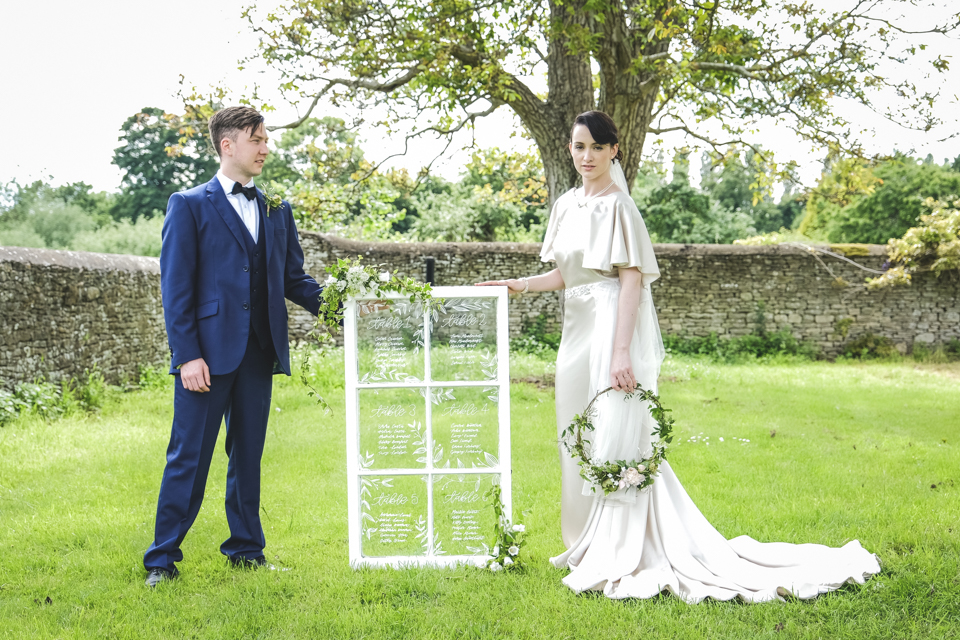
No certainty
The biggest concern at the moment is the uncertainty of how long these types of measures will be in place. Lockdown could return (nationally or locally) at any time or restrictions could ease further. There is no knowing how long we will need to live with these rules. Some couples may be nervous and so may want more transparency and flexibility when booking. Couples need to have confidence to pay deposits and understand how contingency plans will be handled by venues and suppliers.
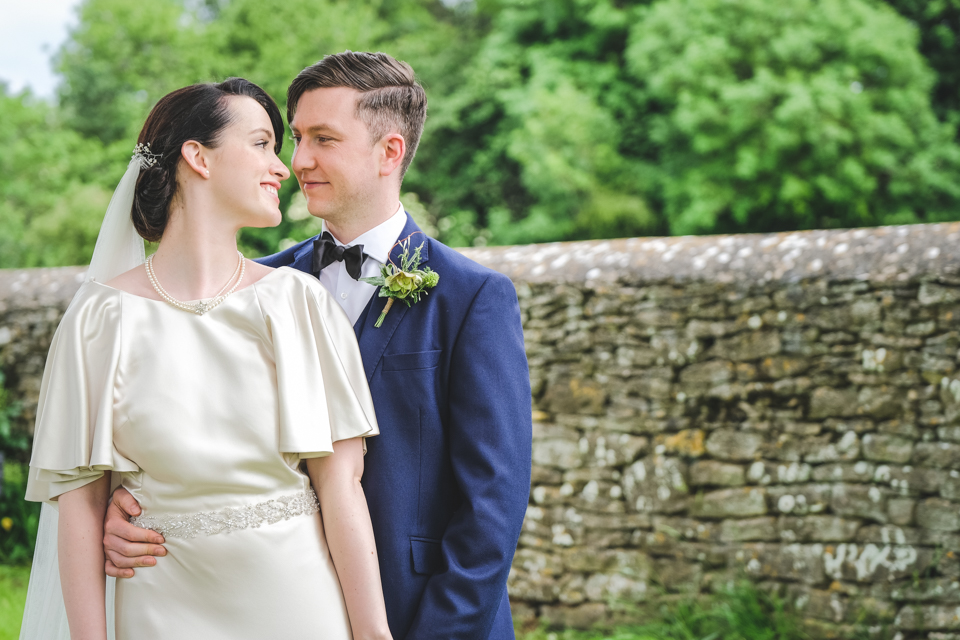
Weddings during a pandemic
Weddings will look and feel very different for a little while and may not suit everyone. They will certainly be more intimate and personal. A limited guest list may ease some couples’ stresses whilst some of those with large families may be at a disadvantage.
Perhaps some will find weddings more clinical and less celebratory. A church service could feel more like a registry office style wedding, with just the legal bits and no singing.
Unless this is your only chance (due to ill health, work, forces or travel commitments) then what is a few months or a year to wait in the grand scheme of 40 or 50 years together? But if you are desperate to get married, then these are the types of restrictions that will have to be considered as the current norm.
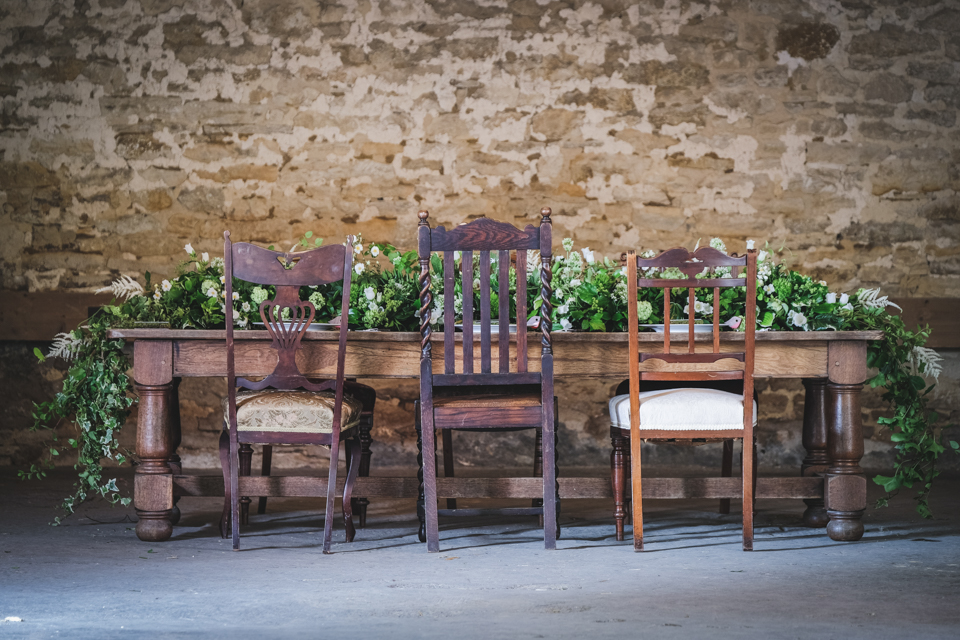
A break from tradition
However, perhaps these restrictions will focus couples on what a wedding really means to them. They will need to think about what is the most important part for them – whether that’s the ceremony, the start of a marriage, or a party and time to celebrate with friends and family.
This could be the time that wedding traditions change. This will challenge wedding traditions and force couples to think in new ways to hold their wedding. Suppliers and venues will need to adapt in order to survive.
So what does this mean for the future of weddings? At the moment, I keep coming back to the last scene of the third Back to the Future film. Doc Brown explains that the future hasn’t been written yet. ‘No one’s has. Your future is whatever you make it, so make it a good one. Both of you.’
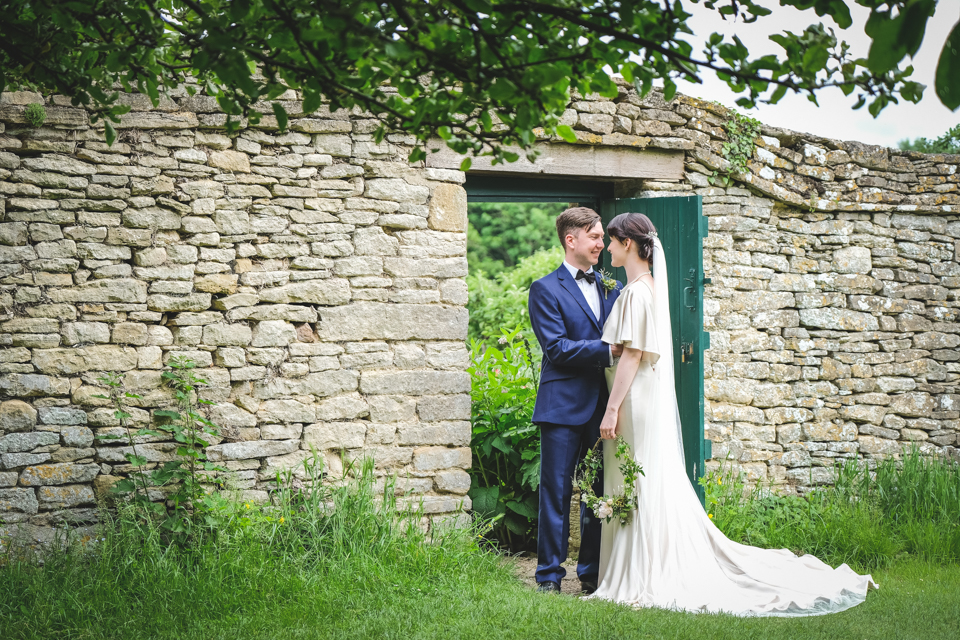
This is the chance to do things differently – your way.
I’d love to hear if you’re having a wedding in the next few months and how you’re creatively dealing with the restrictions.
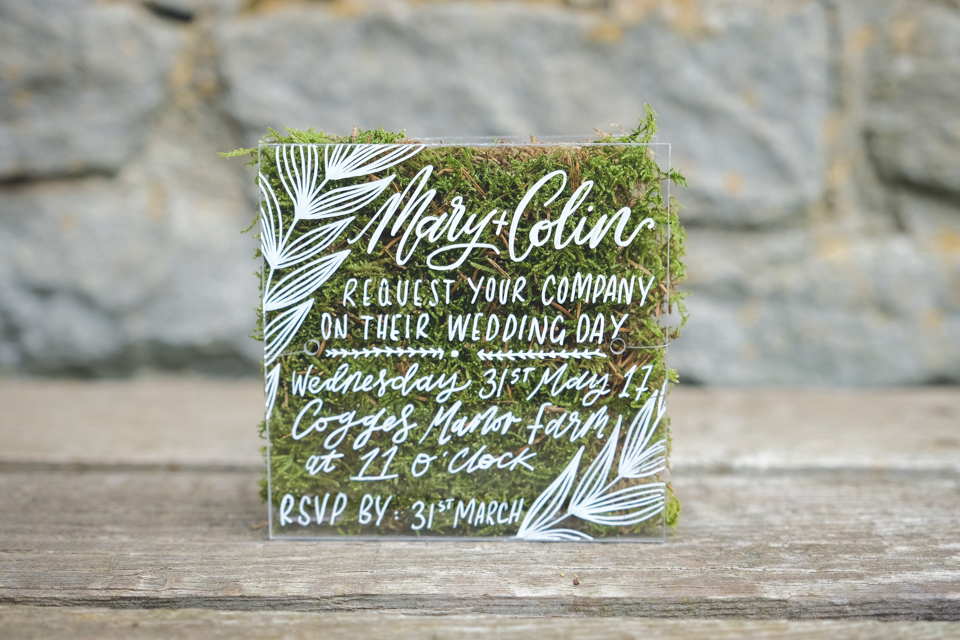
Images on this page taken by Squib Photography from Hanami Dream’s secret garden styled shoot at Cogges Manor Farm. See all the fabulous suppliers that were involved in this styled shoot.
sign up to receive the latest posts straight to your inbox




